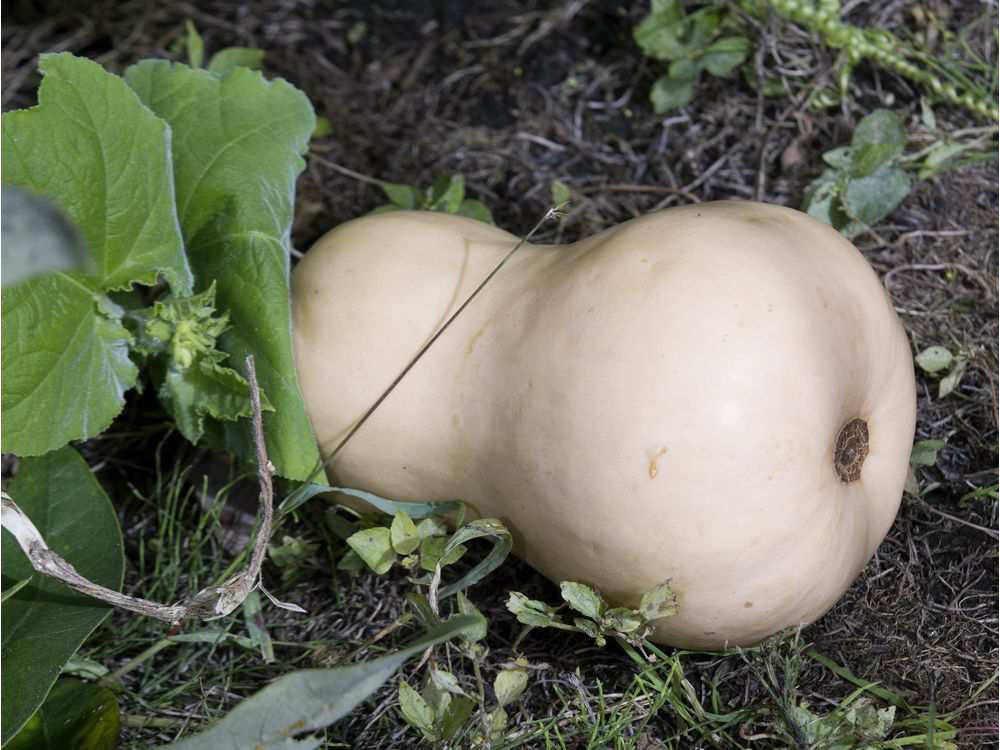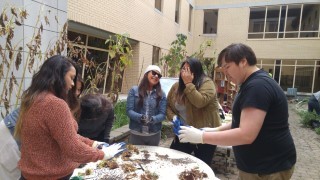Three Sisters Garden 2017
Winter 2017Sustainable Dawson, the First Peoples’ Centre and the Dawson College Peace Centre will continue the ongoing project of the Three Sister’s garden in the Conrod’s Courtyard. The Three Sister’s Garden, established in the 2015-16 year, is a commitment by these three initiatives and by extension the College, to acknowledge the land as Indigenous, promote Indigenous agricultural knowledge and provide students and staff alike a unique experiential learning experience that connects community and learning. Read the Montreal Gazette write-up of this great project here.
Project Update
This project is a continuation of the 3 Sister’s garden that was initiated last summer as a collaborative endeavor between Sustainable Dawson, the First Peoples’ Centre and the Peace Centre. The basic premise behind the garden is to a) demonstrate a meaningful commitment on the part of the College to honour the knowledge systems and heritage of Indigenous Peoples’, b) provide a unique learning opportunity for students on Indigenous agricultural practices, contemporary and historical, and c) formally acknowledge that Dawson College is built upon Mohawk territory.
As with last year the participants involved are mixed between students, staff and faculty. The first major event for the project was the cleanup of the garden, weeding and some planting (sage and strawberries) at the yearly Earth Week dig-in. For this particular activity we had approximately 65-70 students involved, with another 10 staff and faculty participating as well. In addition, there were another 10 students who visited and actively participated from the McGill Institute for Health and Social Policy.
The second round of planting happened in early June with several staff and approx. 10 volunteer students. The students helped to plant the squash and corn, more strawberries, as well as sunflowers & clover. As the students were working they were introduced to the reasons why squash, beans and corn are planted together in a single mound. As well as to the reasons why the other seeds and plants were planted. Strawberries are used for tea at gatherings.
The final round of planting will happen shortly with the beans, milkweed, tobacco and sweet grass. The beans will be planted once the corn stalks have reached approx. 3” in heights. The tobacco, milkweed and sweet grass will be planted in the next 2 weeks. The planting will be done by student volunteers. The sage, tobacco and sweet grass are considered to be medicinal and will be used by the First Peoples’ Centre for smudging (sage), gifting to visitors (tobacco) / elders and the sweet grass is meant to be braided and can also be gifted. The Sweet grass in particular will provide another great student group activity as the braiding of the sweet grass must be done communally according to Mohawk tradition.
The milkweed will be donated to the Monarch butterfly breeding project in the fall, as well as serve to clean the soil of the copper runoff from the roof. The sunflowers and the sweetgrass are also hyperaccumulators, and we are hoping that it will become a method that can clean the soil sufficiently that we can start to plant other edible indigenous plants. We are currently working with Michelle Smith to have a student made module and activities from the journey’s program that revolve around these topics (permaculture, indigenous medicinal plants etc) in one of her courses in the fall.
Student volunteers will continue to help to maintain the garden throughout the summer. Every 2 weeks the volunteers are brought out for an activity, a learning experience or for a community building exercise. In the fall we will initiate more workshops and include classes with faculty which likely means we will have at least another 100-200 students participating and learning about the 3 sisters garden.




